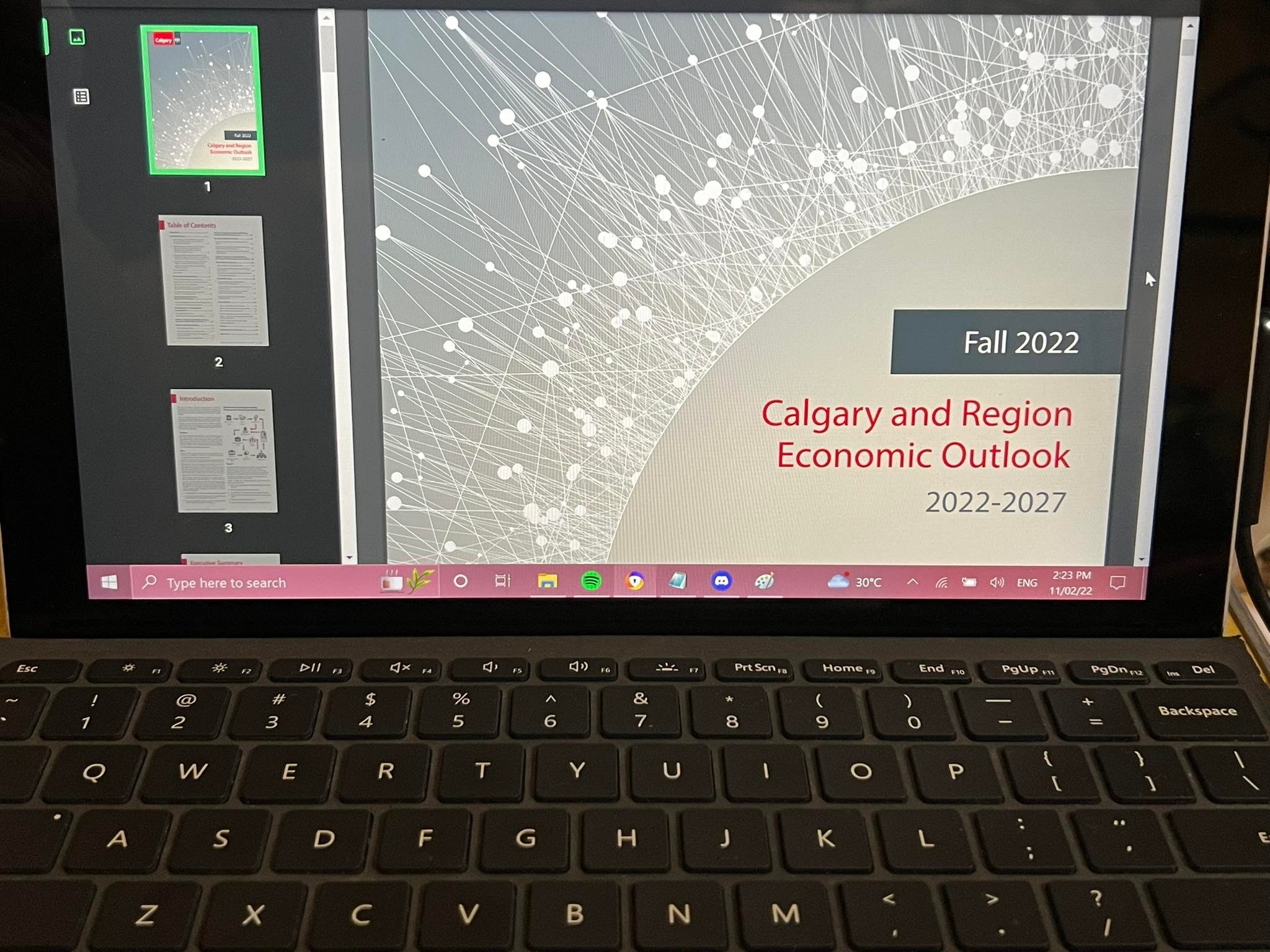Canada News
The Fall 2022 Calgary and Region Economic Outlook 2022-2027 is now available

The primary takeaway is better economic performance in Calgary and other Alberta communities in 2022 and 2023 as the Bank of Canada works to achieve a soft landing for the Canadian economy. (PCI Photo)
Today, the Fall 2022 Calgary and Region Economic Outlook 2022-2027 was released on calgary.ca/economicoutlook.
A robust energy sector role within the context of the movement to cleaner energy is expected to help drive local and regional growth as the price of oil and natural gas remain strong enough through the forecast period to attract capital investment. The primary takeaway is better economic performance in Calgary and other Alberta communities in 2022 and 2023 as the Bank of Canada works to achieve a soft landing for the Canadian economy.
“The information shared in the Outlook shows that Calgary is poised for a second and third successive year of positive economic growth in 2022 and 2023. Population, jobs, and economic activity are all expected to grow substantially despite an increase in the cost of living,” said The City’s Manager, Corporate Economics & Regulatory Affairs, Oyin Shyllon.
Key points include:
Stable housing investment supports total municipal residential assessment value stability and business investment supports growth.
· Calgary’s 2022 housing and business fixed investment level is at a record high and is forecast to contribute close to half of GDP growth this year. Housing starts in the Calgary Census Metropolitan Area (CMA) should surge to the second highest level on record in 2022, before a moderate deceleration in 2023 and 2024 as affordability wanes.
· The forecast for building permits in 2022 is $6.2 billion. It is the second highest level on record, only overshadowed by the high in 2014 when a few large downtown office towers were under construction. Business fixed investment is expected to continue to grow in 2023 and 2024 primarily due to more robust oil and gas prices driving the capacity for new investment in plants and equipment.
· Residential construction activity in the next business cycle will support increases in the total municipal residential assessment value stability, development and building permit activity, and demand for the continued expansion of City infrastructure.
Strong population growth and job growth are expected to bring the unemployment rate down, drive business creation, and boost consumption.
· Calgary’s population rose by 22,200 people from April 2021 to April 2022 and is expected to increase by over 88,000 between 2022 and 2026. To put this in perspective, Calgary will grow more than the total population of Airdrie in this timeframe. Annual net migration will be the primary driver of population growth supporting a large market for goods and services, personal consumption spending and a resilient economy. The five-year population growth trends are + 97,200 (2017 to 2022) and +110,900 (2022 to 2027).
· 2022 has been a banner year for job creation in the Calgary Economic Region (CER), with more than 900,000 jobs for the first time in CER history. Employment growth is expected to average 2.1 per cent through 2027.
· Unemployment is forecast to decline to 5.1 per cent at the end of the service plans and budget cycle (2026) as the average growth rate of jobs exceeds the average growth rate of the labour force from 2021 through 2027. The last time the unemployment rate was this low was in 2014, before the sharp decline in oil prices.
The City of Calgary monitors and forecasts key indicators for the local economy, and the results are published twice a year in the spring and the fall. These forecasts are used to assist the municipal government in financial and physical planning for the city. The late October release of the Fall 2022 Economic Outlook supports work leading to Council’s deliberations and approval of the 2023-2026 Service Plans and Budgets in November 2022.
The City’s corporate economics team are experts in their field and create reliable forecasts based on a wide range of indicators. They have developed reliable methods of forecasting and analysis that are specific to the Calgary region.





















